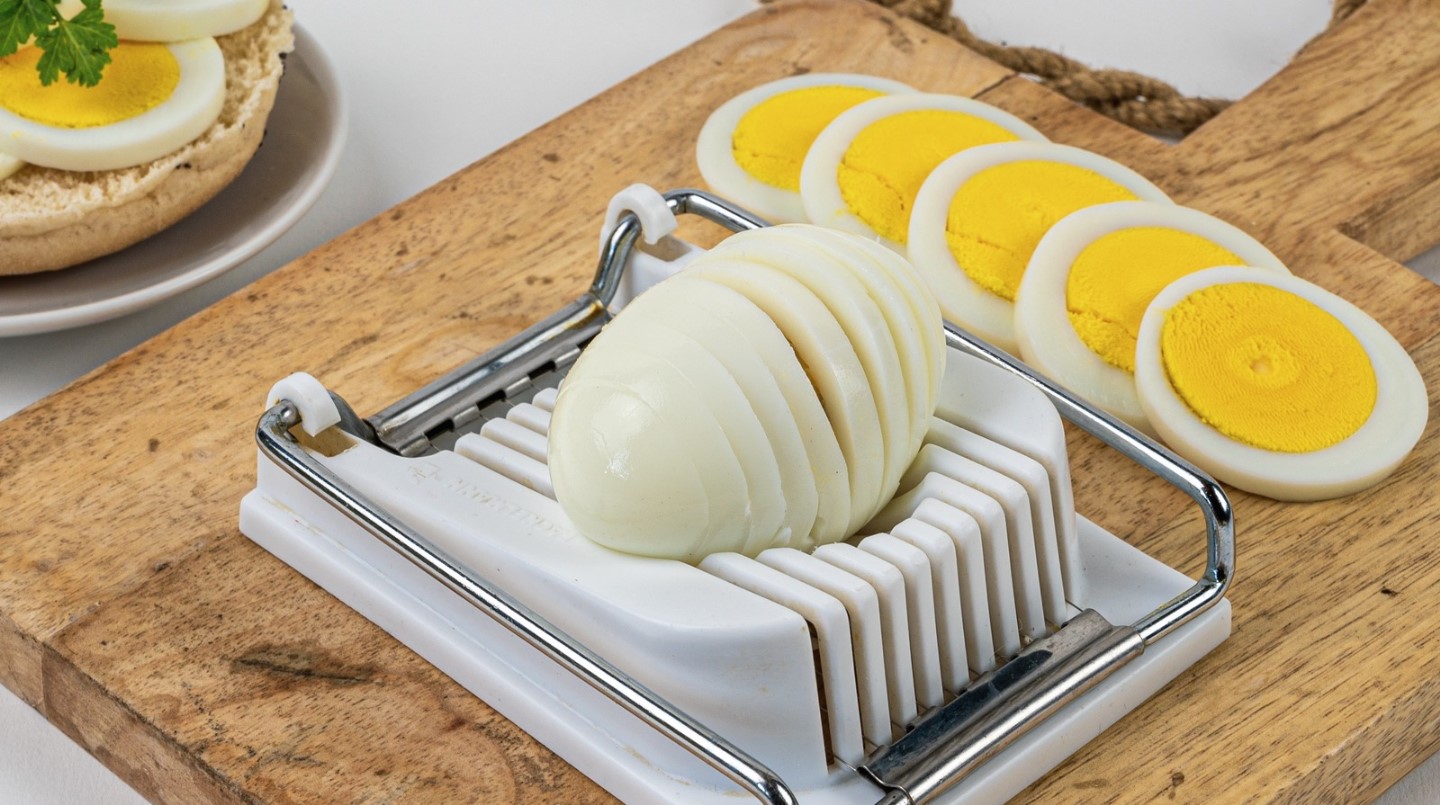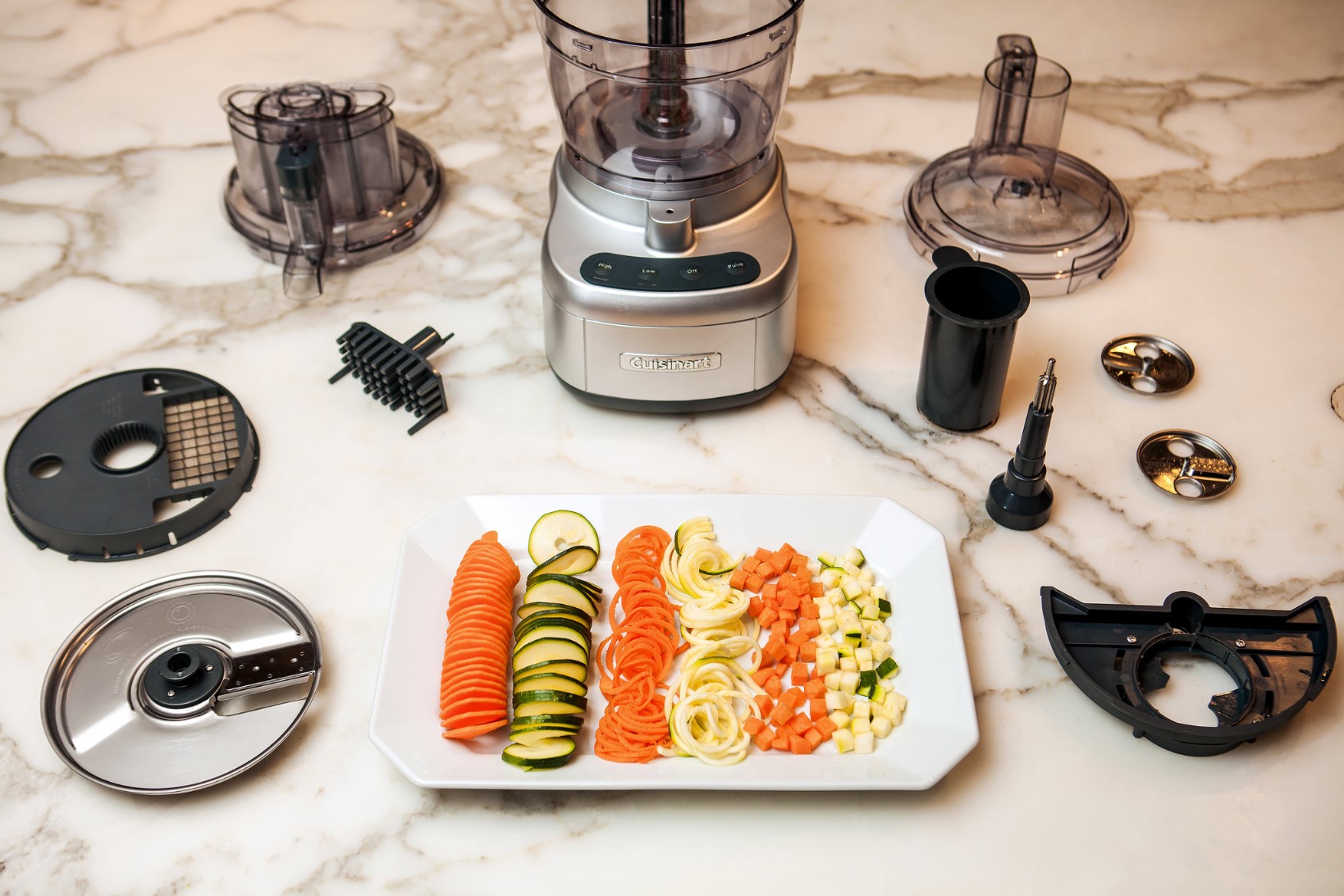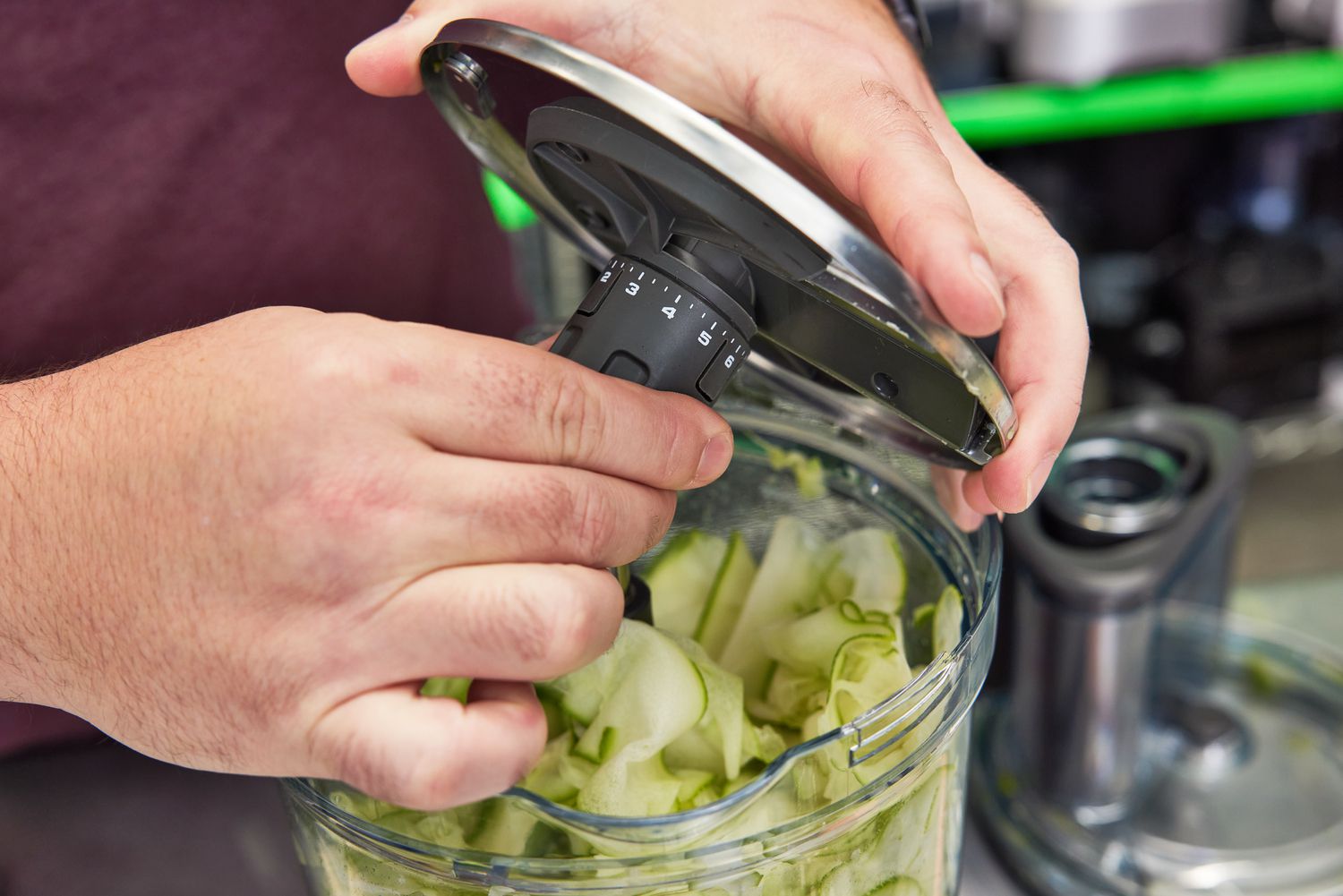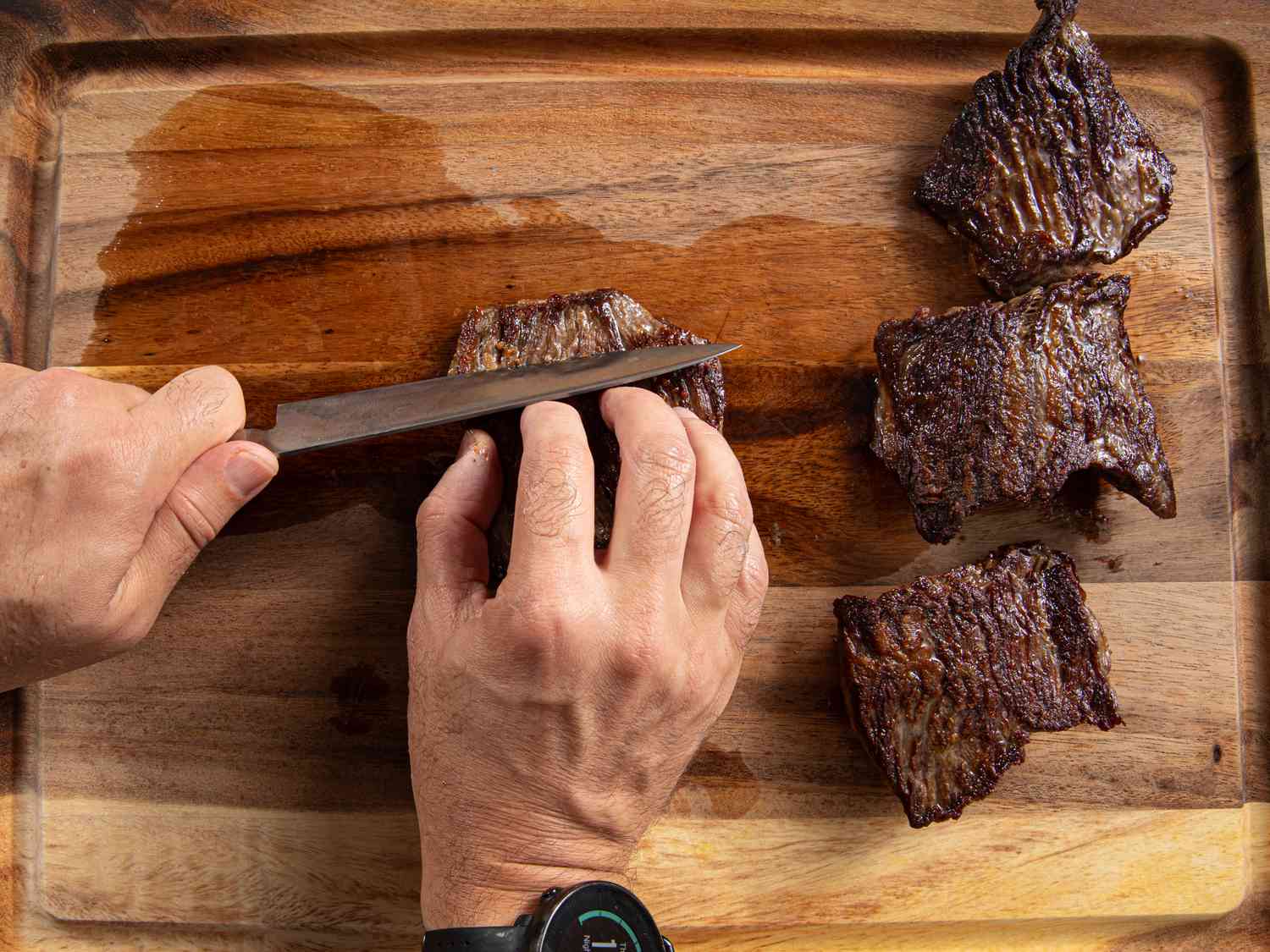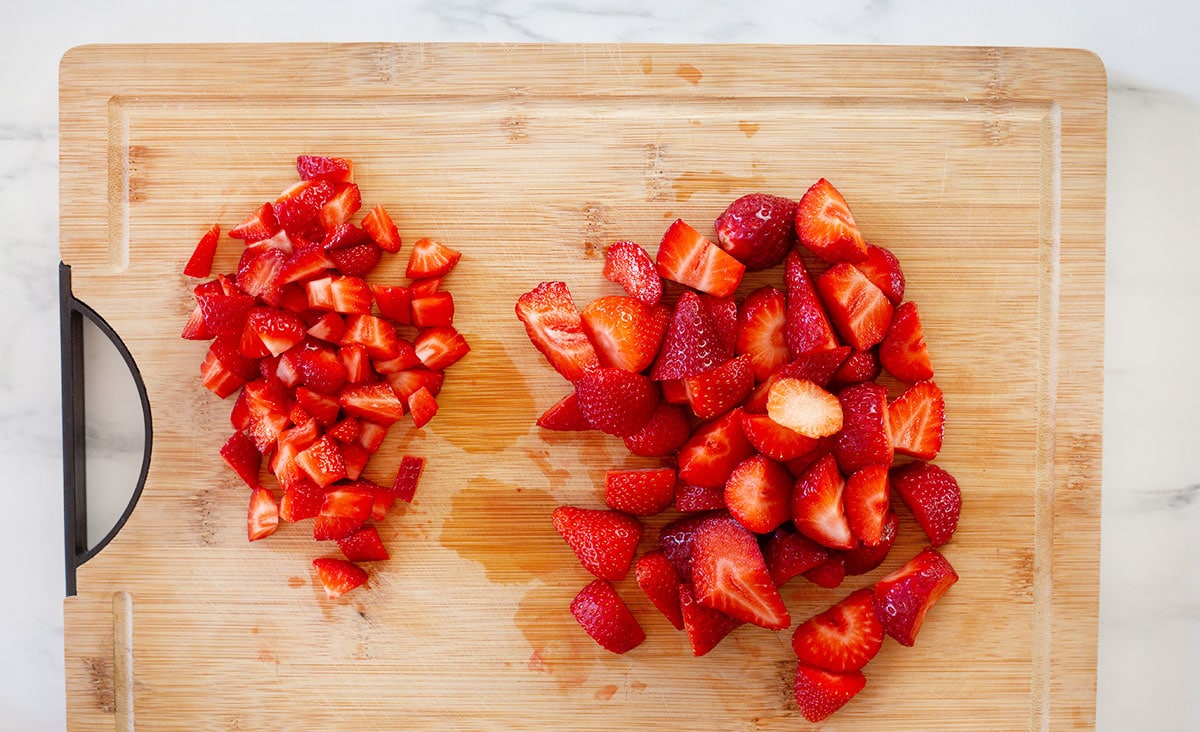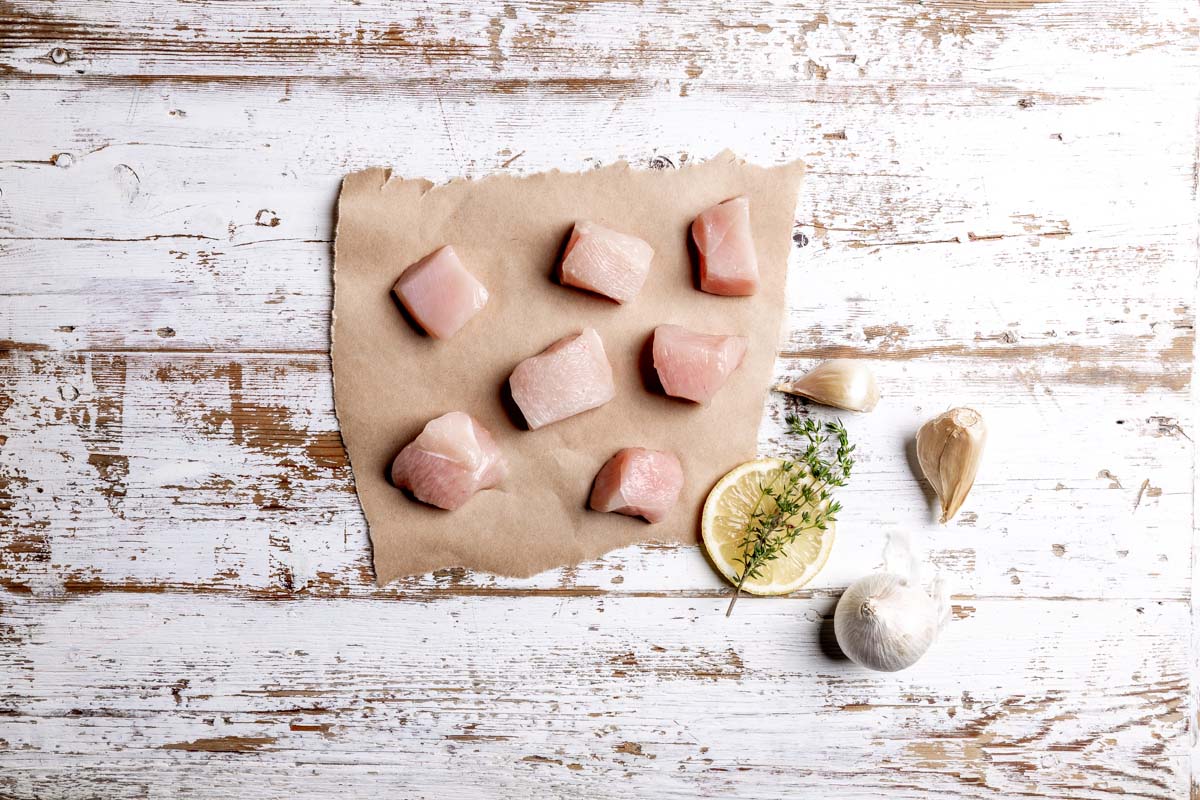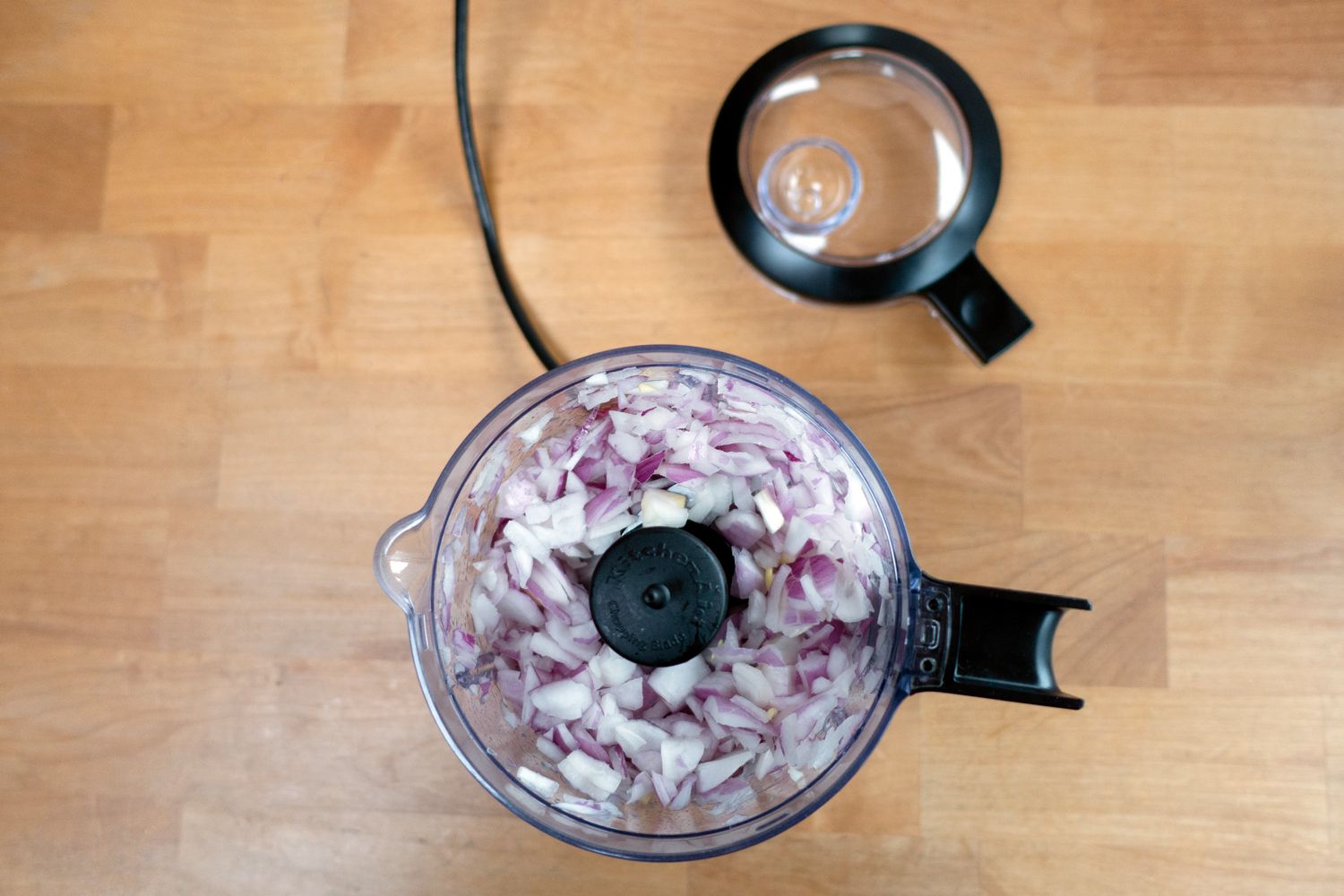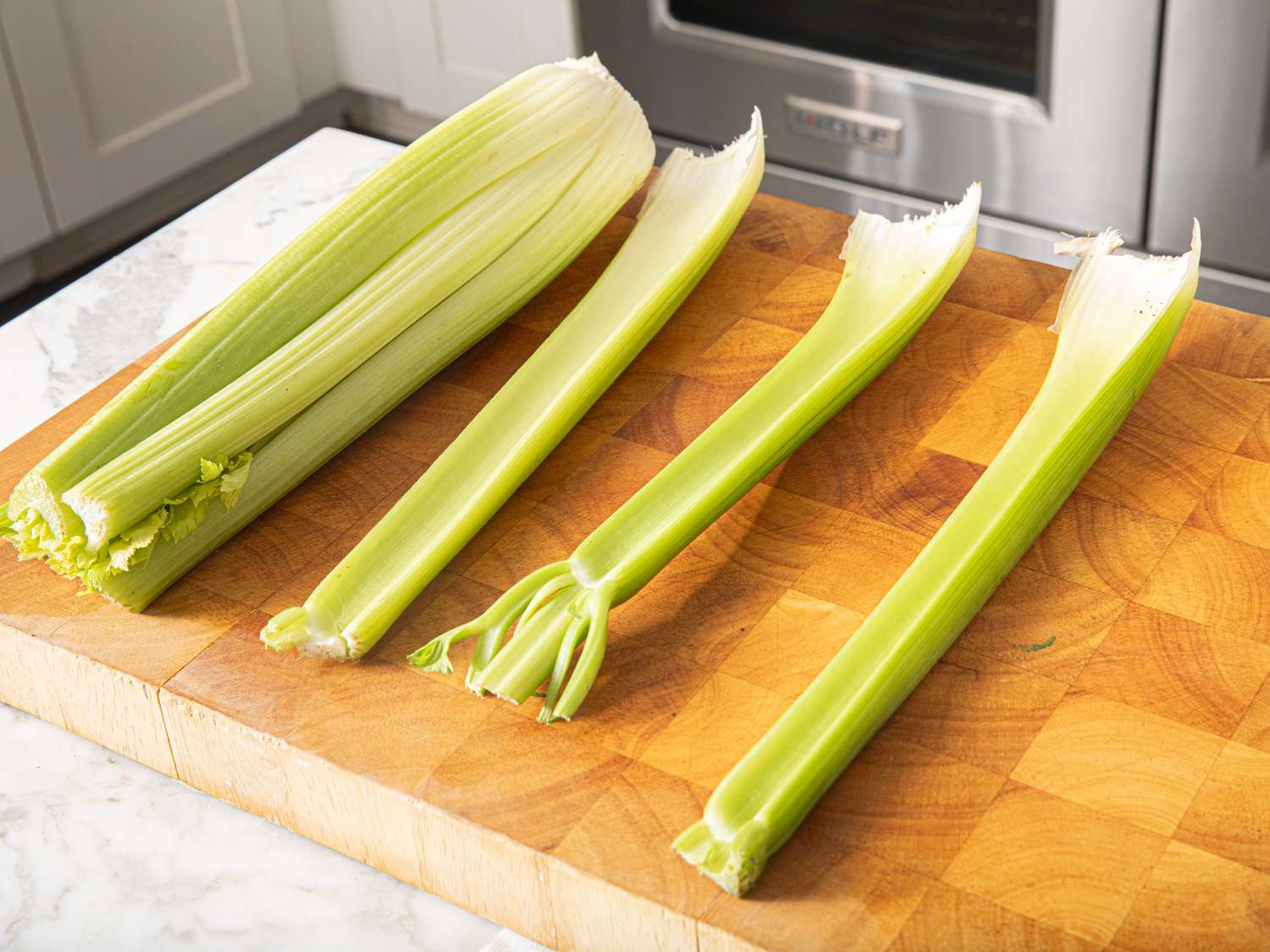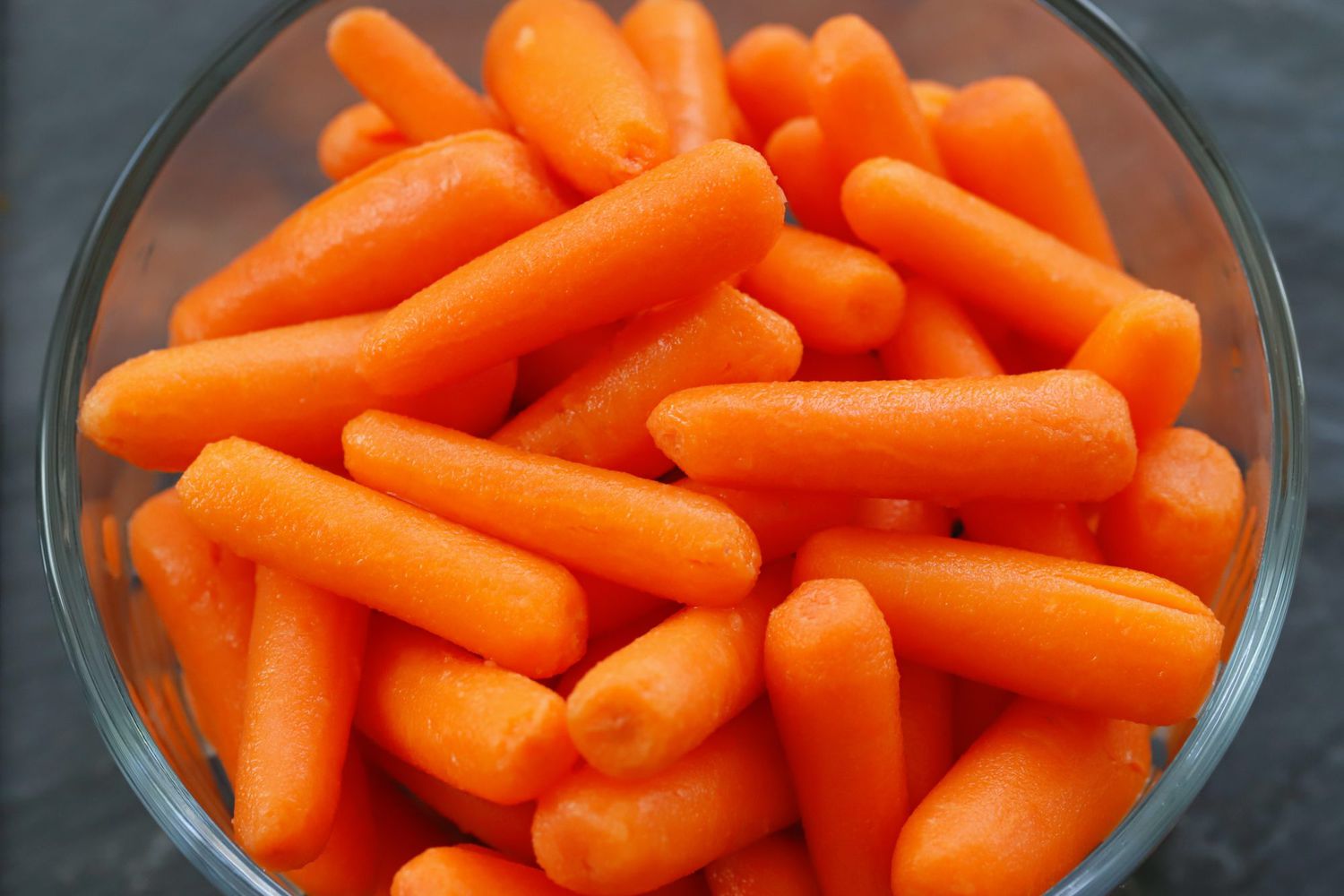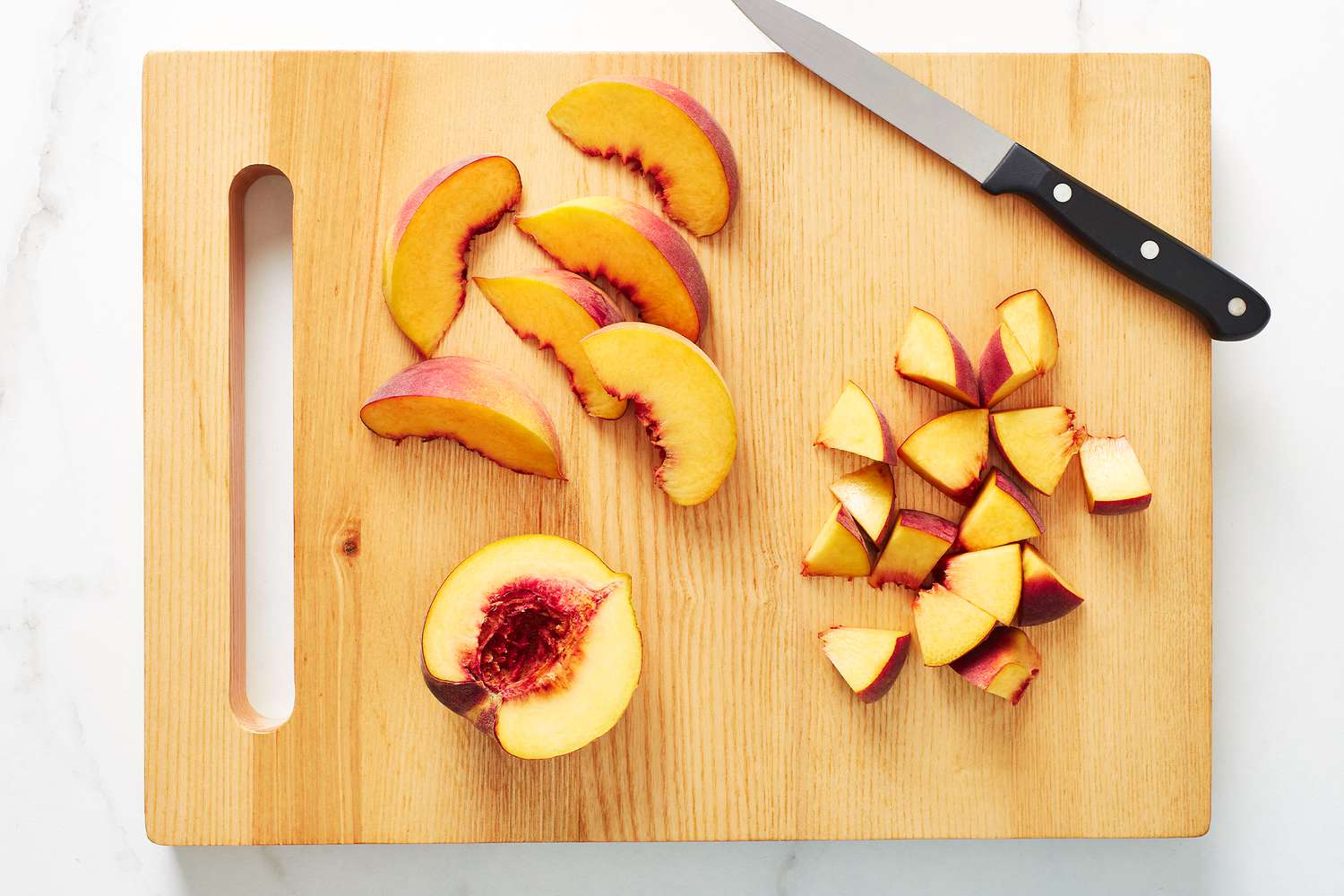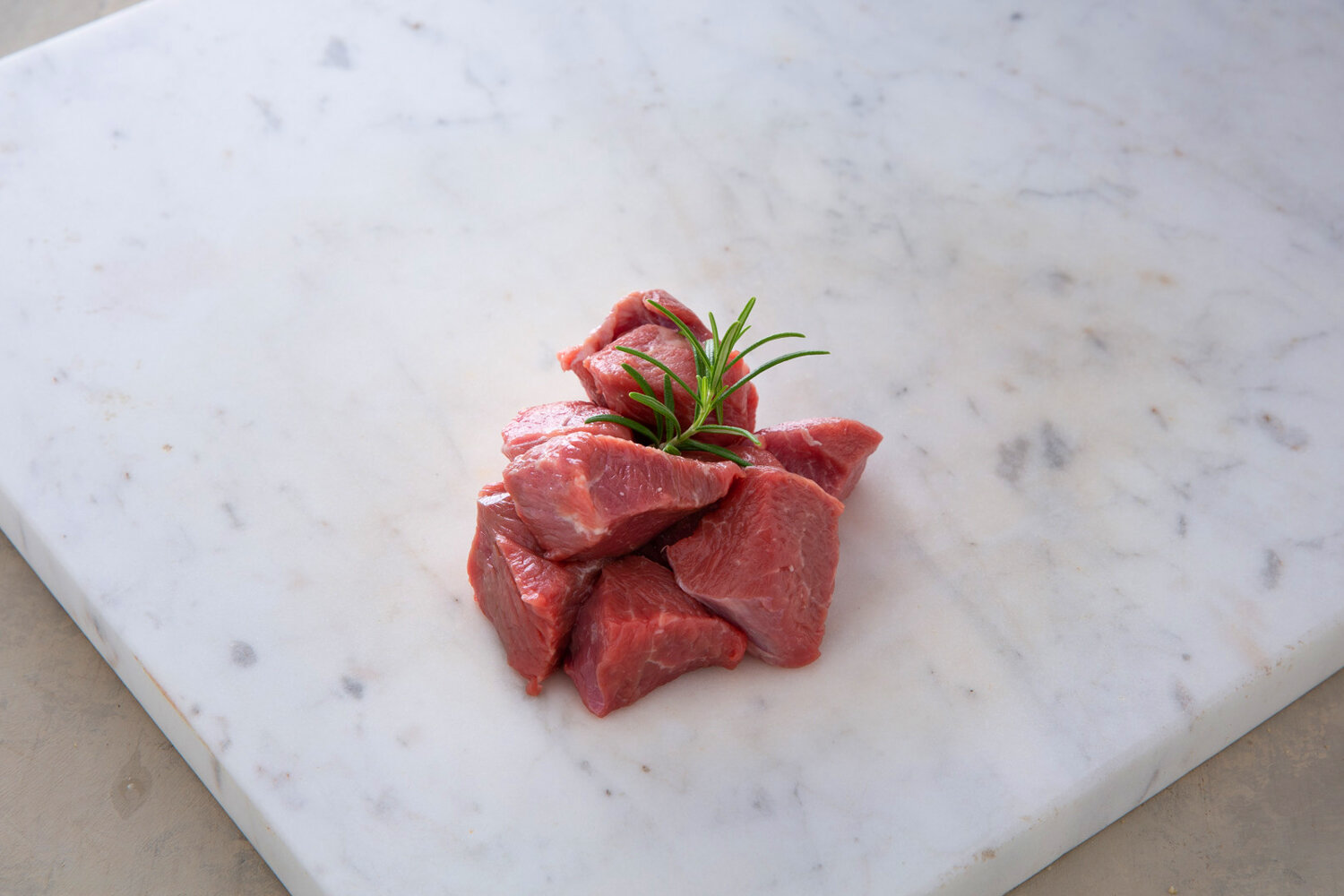Mastering the Art of Dicing Vegetables
When it comes to cooking, dicing vegetables is a fundamental skill that every home chef should master. Whether you’re making a stir-fry, soup, or salad, properly diced vegetables can elevate the flavor and presentation of your dish. If you’re new to the world of dicing vegetables, fear not! With a few simple techniques and some practice, you’ll be dicing like a pro in no time.
Choosing the Right Tools
Before you start dicing, it’s important to have the right tools on hand. A sharp chef’s knife and a sturdy cutting board are essential for dicing vegetables effectively. Make sure your knife is sharp to ensure clean cuts and reduce the risk of accidents. Additionally, having a reliable vegetable peeler and a paring knife can make the prep work easier and more efficient.
Preparing Your Vegetables
Before you begin dicing, it’s crucial to properly prepare your vegetables. Start by washing them thoroughly to remove any dirt or debris. Next, use a vegetable peeler to remove the skin from vegetables like carrots and potatoes. For vegetables with tough skins, such as bell peppers or butternut squash, use a sharp knife to carefully remove the outer layer.
Once your vegetables are clean and peeled, it’s time to tackle the prep work. Begin by cutting off the ends of the vegetables to create a flat, stable surface for dicing. For round vegetables like onions or tomatoes, cut them in half to create a flat surface before proceeding to dice them.
The Dicing Technique
Now that your vegetables are prepped, it’s time to master the dicing technique. Here’s a step-by-step guide to dicing vegetables like a pro:
- Cut into Planks: Start by cutting the vegetables into flat, even planks. This will make it easier to create uniform dice.
- Cut into Strips: Take the planks and stack them on top of each other, then cut them into long, thin strips.
- Create Dices: Finally, gather the strips together and cut across them to create small, uniform cubes.
Remember to use a claw grip to protect your fingers and keep the tip of the knife anchored on the cutting board for safety and precision.
Practice Makes Perfect
Like any culinary skill, dicing vegetables takes practice. Don’t be discouraged if your first few attempts aren’t perfect – with time and patience, you’ll improve your dicing technique and speed. Consider setting aside some dedicated practice time to focus solely on dicing vegetables. The more you practice, the more confident and efficient you’ll become.
Experiment with Different Vegetables
Once you’ve mastered the basics of dicing, don’t be afraid to experiment with a variety of vegetables. Each vegetable has its own unique shape and texture, so take the time to familiarize yourself with the best dicing techniques for different types of produce. From the crisp crunch of bell peppers to the starchy sweetness of sweet potatoes, each vegetable presents its own dicing challenge and reward.
Conclusion
Mastering the art of dicing vegetables is a valuable skill that can enhance your cooking abilities and open up a world of culinary possibilities. With the right tools, preparation, and technique, you can dice vegetables with confidence and precision. So, roll up your sleeves, grab your knife, and start dicing your way to delicious, beautifully prepared dishes.
Using the new vegetable dicing skills, readers can dive into a variety of mouthwatering recipes. They should definitely try the Classic Chicken Stir-Fry for a quick, nutritious meal that showcases perfectly diced vegetables. For something refreshing, the Fresh Garden Salad is a great option. Those looking for comfort food will love the Beef Stew, rich with hearty chunks of veggies. For a burst of flavors, the Homemade Salsa is perfect for snacking or as a side. The Vegetable Fried Rice is a versatile dish that's both satisfying and easy to prepare. Lastly, the Roasted Vegetable Medley pairs well with any main course, highlighting the natural sweetness of the vegetables.
